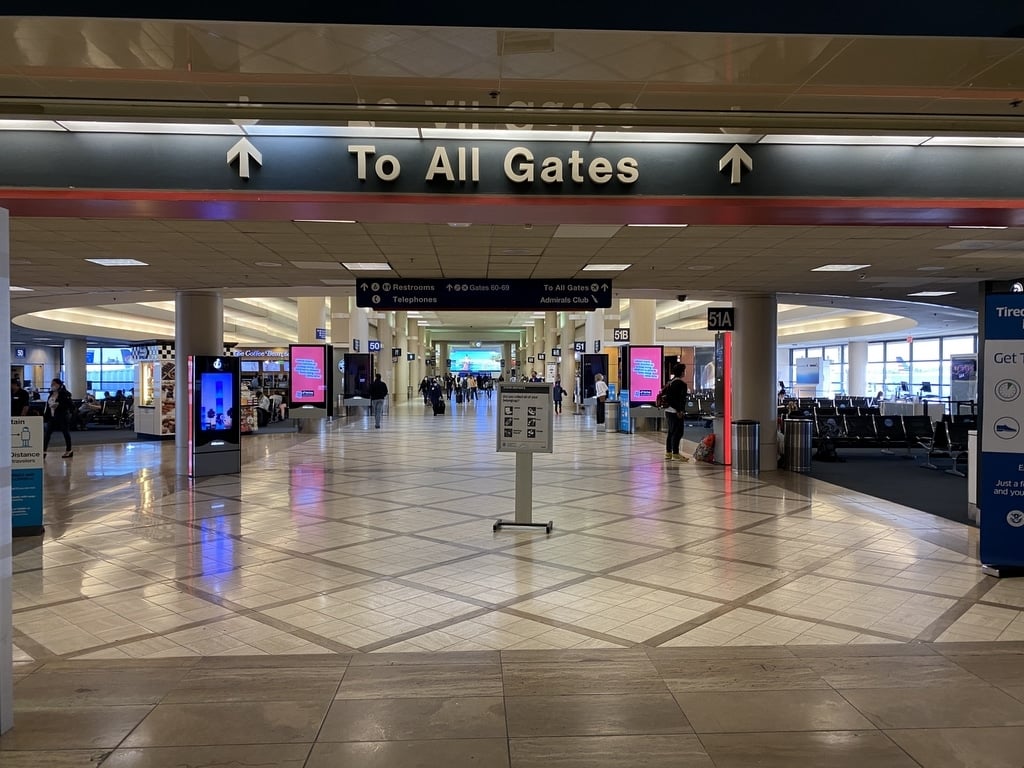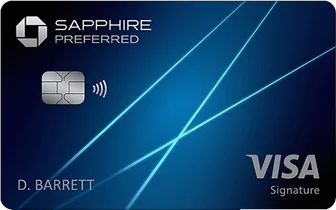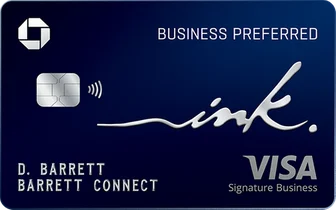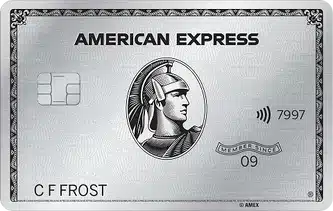 Earlier today, I wrote about the White House’s new official rules for international travel following President Joe Biden’s press conference. Unfortunately, he doesn’t take a lot of questions so I got a ton from readers and I had to do some research to find the answers.
Earlier today, I wrote about the White House’s new official rules for international travel following President Joe Biden’s press conference. Unfortunately, he doesn’t take a lot of questions so I got a ton from readers and I had to do some research to find the answers.
The most pressing question I received was: When are the new rules of having to test one day in advance instead of three going to take effect? The White House says early next week.
I found a definitive answer on the CDC website, which states: “This Amended Order shall enter into effect for flights departing at or after 12:01 a.m. EST (5:01 a.m. GMT) on December 6, 2021.”
The CDC website also states, “Travel Requirements have changed. Starting December 6, all air passengers, regardless of vaccination status, must show a negative COVID-19 test taken no more than 1 day before travel to the United States.”
Another question I received: Is it 24 hours in advance or one day?
I know you’re probably thinking, “Isn’t that the same thing?” It’s not because one day actually gives travelers more than 24 hours because they can take a test any time during the day before their flight. According to both the White House and the CDC, it’s one day, not 24 hours. According to the CDC’s website: “The Order uses a 1-day time frame instead of 24 hours to provide more flexibility to the air passenger and aircraft operator. By using a 1-day window, test acceptability does not depend on the time of the flight or the time of day that the test sample was taken. For example, if your flight is at 1pm on a Friday, you could board with a negative test that was taken any time on the prior Thursday.”
What types of tests are acceptable?
This is verbatim from the CDC: “You must be tested with a viral test that could be either an antigen test or a nucleic acid amplification test (NAAT). Examples of available NAATs for SARS-CoV-2 include but are not restricted to reverse transcription polymerase chain reaction (RT-PCR), reverse transcription loop-mediated isothermal amplification (RT-LAMP), transcription-mediated amplification (TMA), nicking enzyme amplification reaction (NEAR), and helicase-dependent amplification (HDA). The test used must be authorized for use by the relevant national authority for the detection of SARS-CoV-2 in the country where the test is administered. A viral test conducted for U.S. Department of Defense (DOD) personnel, including DOD contractors, dependents, and other U.S. government employees, and tested by a DOD laboratory located in a foreign country also meets the requirements of the Order.”
Does this new rule apply to cruise passengers? The paperwork says the new rules are for air travelers. The only information I could find about cruises is on the CDC’s website, which states, “People who decide to go on a cruise should get tested 1–3 days before their trip and 3–5 days after their trip, regardless of vaccination status.”
I hope this helps and let me know if you have any other questions.




